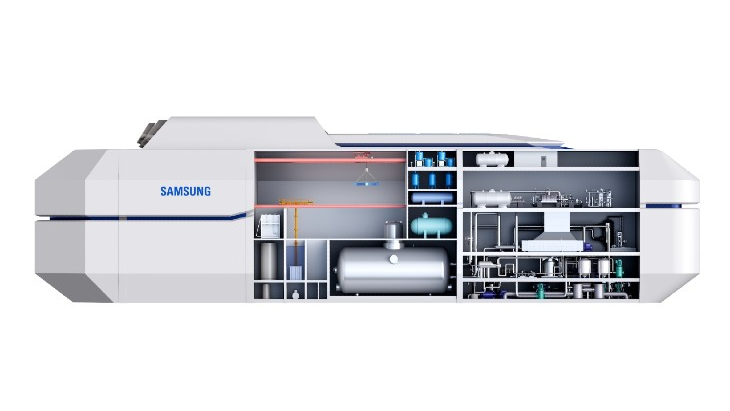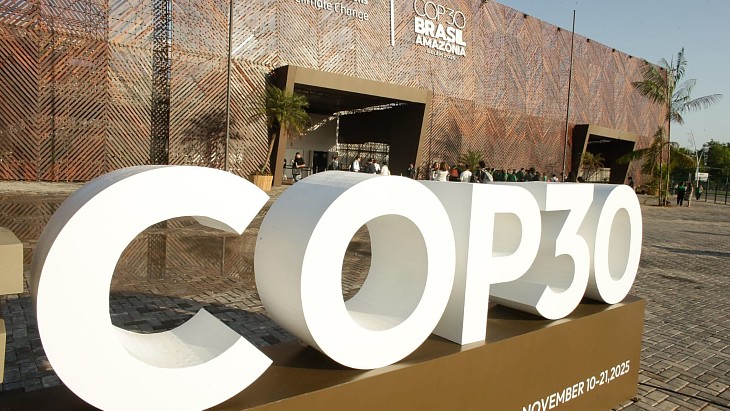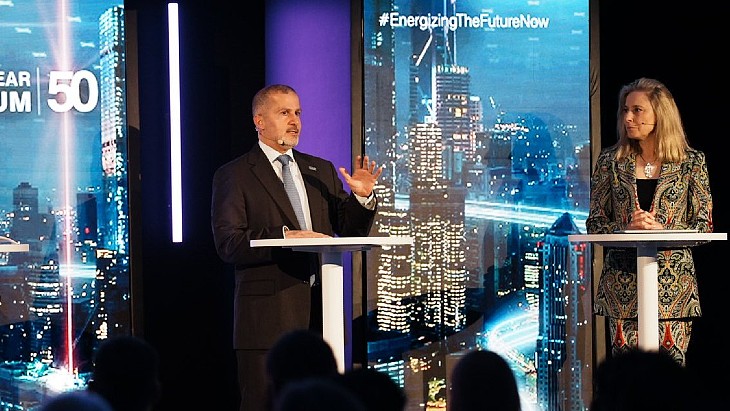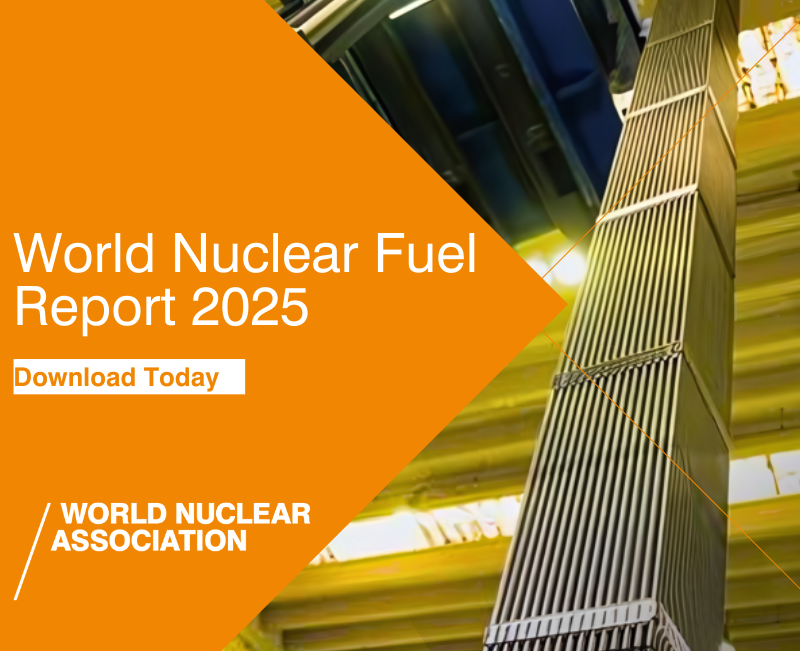The casting campaign of the first six canister blanks started earlier this month at the Pori foundry of copper manufacturer Luvata, a subsidiary of Japan's Mitsubishi Materials. Finland's Radiation and Nuclear Safety Authority (STUK) oversaw the casting process.
The casting of the first blank - weighing over 17 tonnes - was completed during one shift, Posiva noted. A preliminary analysis sample was taken of the casting before it was measured and weighed. The cast blank will next be transferred to the sawing process where its front and rear end will be sawn to measure and official sample slices cut for material analysis.
"The casting process was a great success," said Jouko Lammi, who is the canister manufacture coordinator at Posiva. "A good casting quality is important for the subsequent canister production phases. New investments have been made in the foundry to improve the quality and the processing of the casting. One of the most important accomplishments has been the increase in the diameter of the casting with a larger gravity die."
Once the casting blank has been sawn to the required length it will have its surfaces machined. At the next step, the casting blank machined to measure undergoes non-destructive testing, a visual inspection and a dye penetrant inspection.
The final step is Posiva's inspection of the casting and the associated documentation. Once the casting has passed the inspection, it will be packed ready for transport for delivery to the canister manufacturer. The final delivery weight of the blank will be about 12 tonnes.
At the repository, used fuel will be placed in the bedrock, at a depth of about 430 metres. The disposal system consists of a tightly sealed iron-copper canister, a bentonite buffer enclosing the canister, a tunnel backfilling material made of swellable clay, the seal structures of the tunnels and premises, and the enclosing rock.
The copper cylinder produced from the casting blank, together with the copper bottom and cover that will be welded onto it, forms a leak-tight copper canister with walls 5cm thick. In final disposal, the canister acts as a corrosion barrier for the canister insert made of cast iron. The insert accommodates 12 fuel assemblies.
Once it receives the operating licence, Posiva can start the final disposal of the used fuel generated from the operation of TVO's Olkiluoto and Fortum's Loviisa nuclear power plants. The operation will last for about 100 years before the repository is closed.

_52896.jpg)



_23621.jpg)

_63865.jpg)
_18570.jpg)





